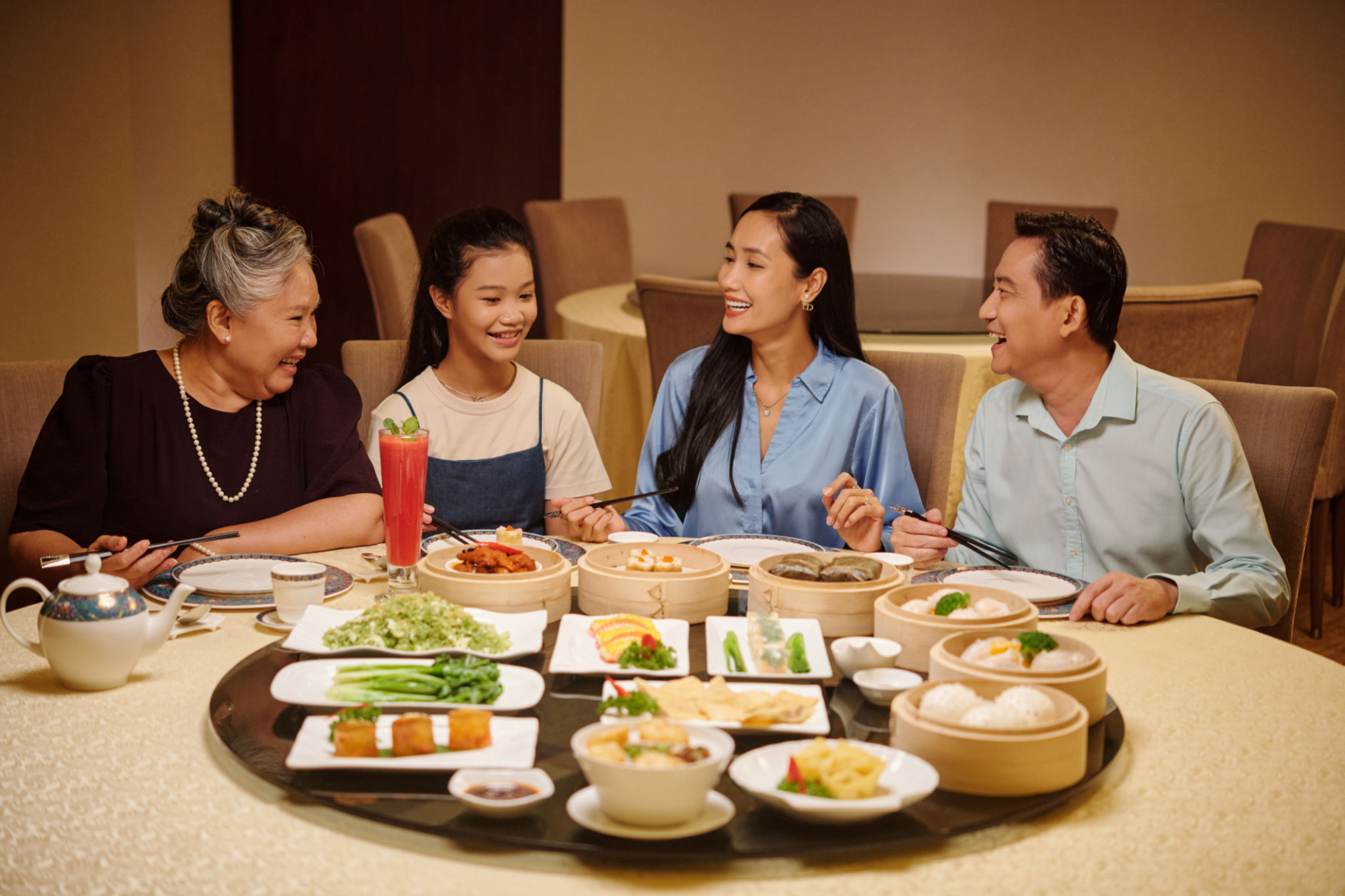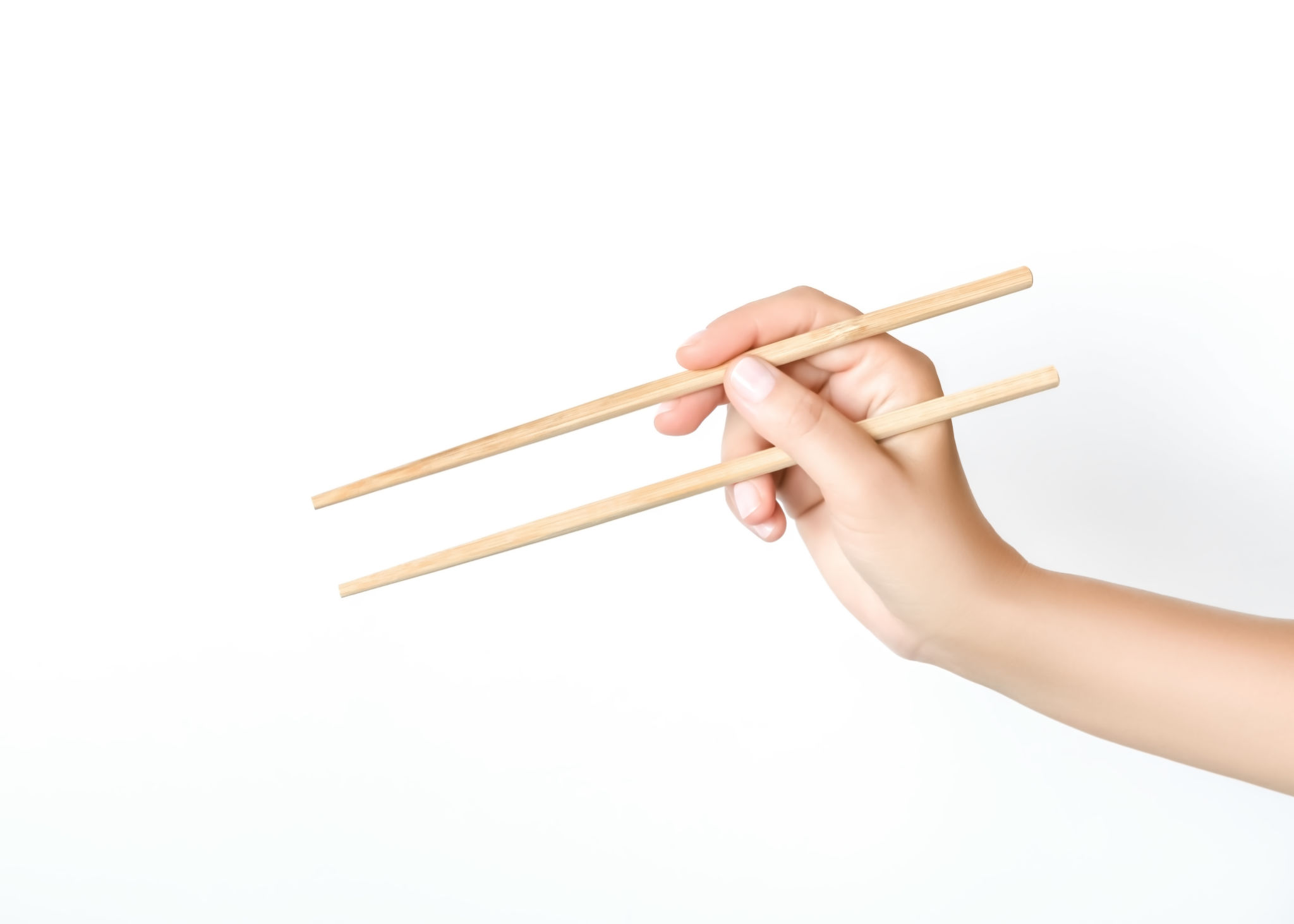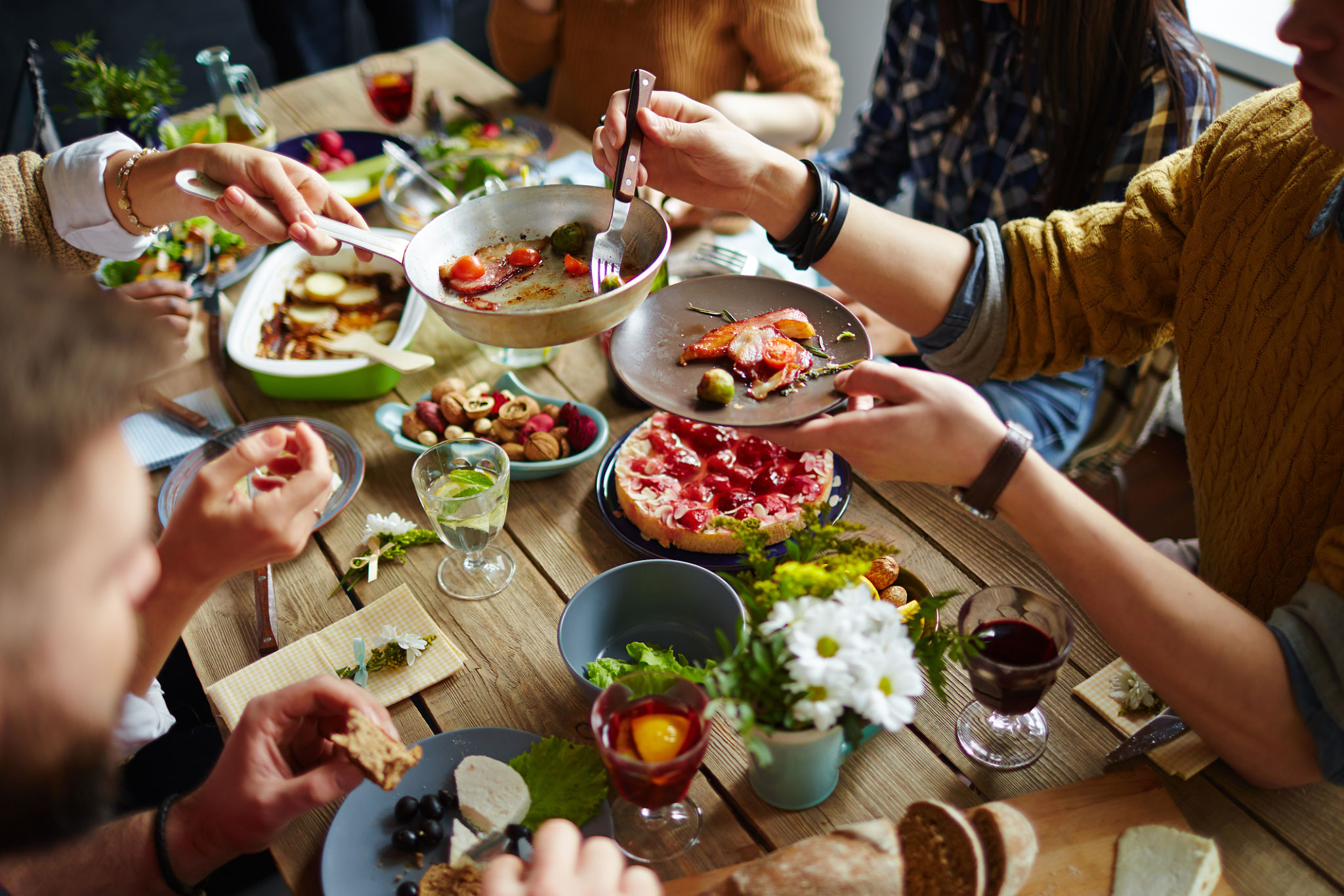Frequently Asked Questions About Vietnamese Dining Etiquette
Understanding Vietnamese Dining Etiquette
Vietnamese dining etiquette is a blend of tradition, respect, and social harmony. Understanding these customs can enhance your dining experience and demonstrate appreciation for the culture. Whether you are dining in a family home or a local restaurant, familiarizing yourself with these customs is beneficial.

Seating Arrangements and Invitations
In Vietnam, seating arrangements are often based on age and status. The most senior or honored guest usually sits at the most prestigious spot at the table. When invited to a meal, it is customary to wait for the host to invite you to sit. This gesture signifies respect and acknowledgment of your presence at the gathering.
Invitations are usually extended verbally and should not be refused outright. If you cannot attend, a polite excuse is appreciated. Accepting an invitation and then not showing up without notice is considered disrespectful.
Table Manners and Chopstick Use
Chopsticks are the primary eating utensils in Vietnam, and proper use is crucial. Avoid sticking chopsticks vertically into your bowl of rice, as this resembles incense sticks used during funerals. Instead, place them neatly on the chopstick rest or across your bowl when taking a break from eating.

Begin eating only after the eldest person has started. This practice honors their seniority and wisdom. When dining with others, it is polite to offer food from shared dishes to those around you before serving yourself.
Offering and Receiving Food
Offering food to others is a sign of generosity and hospitality. When someone offers you food, it is courteous to accept a small portion, even if you are not particularly fond of it. This gesture shows gratitude and respect for the host's effort.
Receiving food with both hands is a sign of respect. Additionally, you should wait until everyone has been served before you begin eating your meal.

Drinking Etiquette
In Vietnam, drinking is often a communal activity that accompanies meals. When offered a drink, it is polite to clink glasses and say "một, hai, ba, dzô!" which means "one, two, three, cheers!" It demonstrates camaraderie and enjoyment of the shared experience.
If you do not drink alcohol, politely decline by explaining your reason. It is generally respectful to participate in toasting with a non-alcoholic beverage instead.
Expressing Gratitude
At the end of the meal, expressing gratitude to the host is essential. A simple "Cảm ơn" (thank you) or "Cảm ơn bữa ăn ngon" (thank you for the delicious meal) will suffice. This expression acknowledges the effort and hospitality extended by your hosts.
Understanding and adhering to these dining etiquettes will not only enrich your experience but also show respect for Vietnamese culture. Such gestures can forge stronger social bonds and leave a positive impression on your hosts or fellow diners.